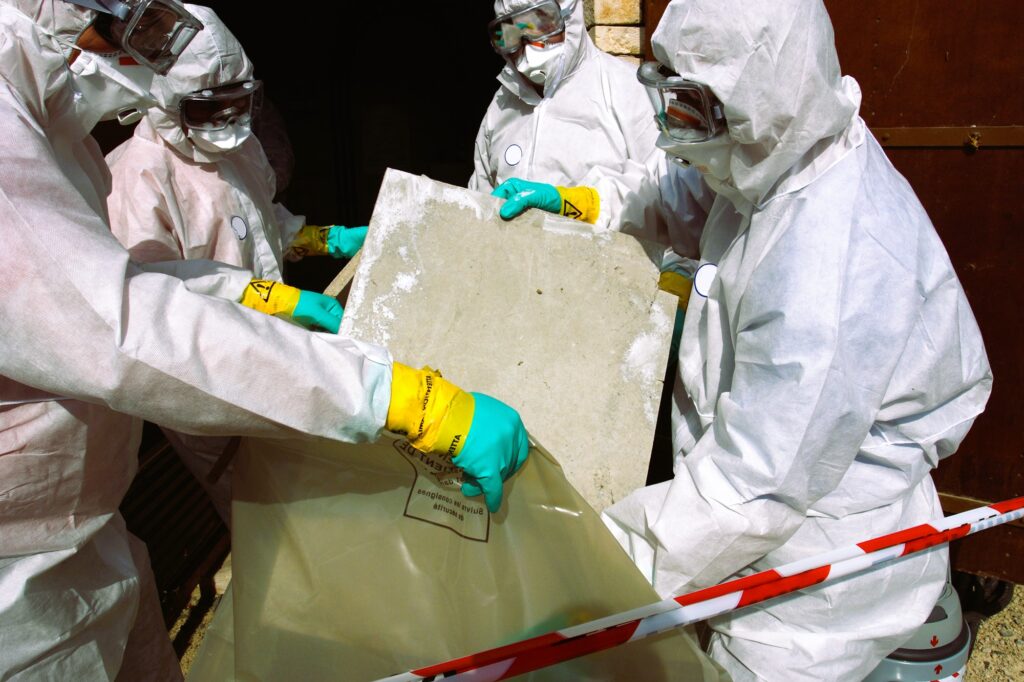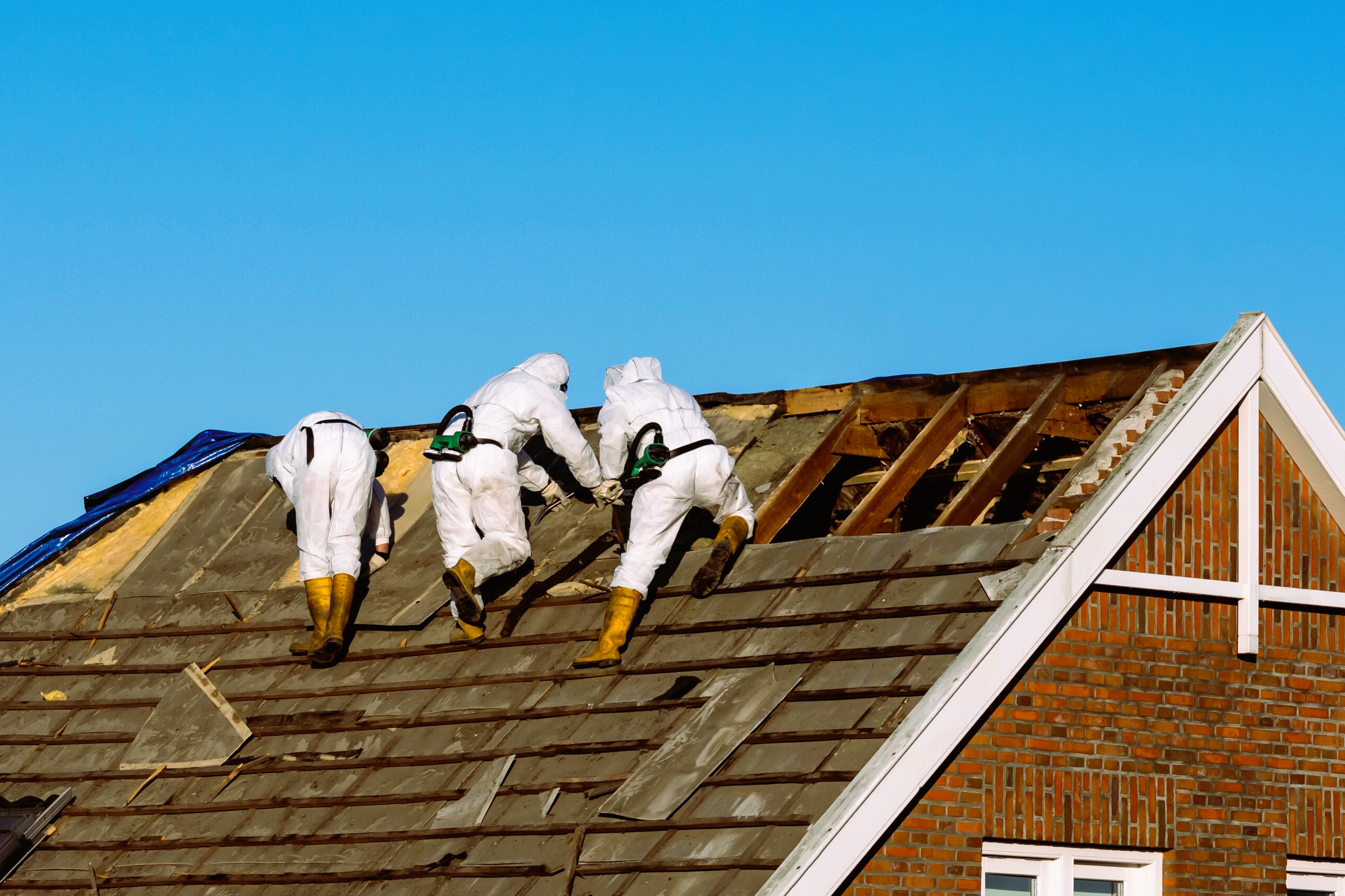Asbestos, once hailed as a miracle material for its heat resistance, durability, and insulating properties, is now recognized as a significant health hazard. Exposure to asbestos fibers can lead to serious respiratory illnesses, including lung cancer, mesothelioma, and asbestosis. While the use of asbestos has been banned in many countries, including Canada, it remains a common concern in older homes and buildings constructed before the ban. In this article, we’ll explore the risks associated with asbestos exposure, the importance of testing for asbestos in Canadian homes, and the remediation options available to homeowners.
Understanding Asbestos
Asbestos is a group of naturally occurring minerals composed of thin, fibrous crystals. Due to its strength, flexibility, and resistance to heat and chemicals, asbestos was widely used in a variety of construction materials and products, including:
- Insulation
- Flooring
- Roofing materials
- Ceiling tiles
- Pipe insulation
- Textured paints and coatings
- Fireproofing materials
While asbestos-containing materials (ACMs) are generally safe when intact and undisturbed, they can release hazardous fibers into the air when damaged, deteriorated, or disturbed during renovation or demolition activities.
Risks of Asbestos Exposure

Exposure to asbestos fibers can pose serious health risks, particularly when airborne fibers are inhaled or ingested. The health effects of asbestos exposure may not become apparent for many years or even decades after the initial exposure. Common health risks associated with asbestos exposure include:
- Lung Cancer: Inhalation of asbestos fibers can increase the risk of developing lung cancer, particularly among smokers. Lung cancer caused by asbestos exposure may not manifest for 20 to 30 years after exposure. Impact of COVID-19 on home inspections, more details here.
- Mesothelioma: Mesothelioma is a rare and aggressive form of cancer that affects the lining of the lungs, abdomen, or heart. It is almost exclusively caused by exposure to asbestos and has a poor prognosis.
- Asbestosis: Asbestosis is a chronic lung condition characterized by scarring and inflammation of the lung tissue. It can cause shortness of breath, coughing, chest pain, and respiratory complications.
- Other Respiratory Diseases: Asbestos exposure can also increase the risk of developing other respiratory diseases, such as pleural plaques, pleural thickening, and benign asbestos pleural effusion.
Testing for Asbestos
Given the serious health risks associated with asbestos exposure, it is essential for homeowners to determine whether their properties contain asbestos-containing materials. Testing for asbestos involves collecting samples of suspected materials and sending them to a qualified laboratory for analysis. Homeowners should hire certified asbestos inspectors or abatement professionals to conduct testing and assessment.
During a typical asbestos inspection, inspectors will:
- Identify Suspect Materials: Inspectors will visually inspect the property for materials that may contain asbestos, such as insulation, flooring, and ceiling tiles.
- Collect Samples: Inspectors will collect samples of suspected materials using specialized tools and techniques, ensuring minimal disturbance to the materials.
- Submit Samples for Analysis: Inspectors will send the samples to an accredited laboratory for analysis using microscopy or other analytical methods to detect the presence of asbestos fibers.
- Provide Recommendations: Based on the results of the analysis, inspectors will provide homeowners with recommendations for managing or remediating asbestos-containing materials.
Remediation Options

If asbestos-containing materials are found in a home, homeowners may need to take steps to remediate or remove the materials to reduce the risk of exposure. Remediation options may include:
- Encapsulation: Encapsulation involves sealing or covering asbestos-containing materials with a protective coating or barrier to prevent the release of fibers into the air.
- Enclosure: Enclosure involves constructing airtight barriers or enclosures around asbestos-containing materials to prevent exposure and minimize the risk of fiber release.
- Abatement: Abatement involves the removal or disposal of asbestos-containing materials by trained and certified professionals using specialized equipment and procedures. Abatement activities must comply with applicable regulations and guidelines to ensure safe and effective removal.
- Safe Handling and Disposal: Regardless of the remediation option chosen, asbestos-containing materials must be handled and disposed of safely and in accordance with local regulations. Homeowners should hire licensed asbestos abatement contractors to perform remediation activities and ensure proper disposal of asbestos waste.
In conclusion, addressing asbestos concerns in Canadian homes is essential for protecting the health and safety of homeowners and occupants. By understanding the risks associated with asbestos exposure, testing for asbestos-containing materials, and implementing appropriate remediation measures, homeowners can reduce the risk of exposure and create safer living environments. For more information on asbestos risks, testing, and remediation, visit Wikipedia.

